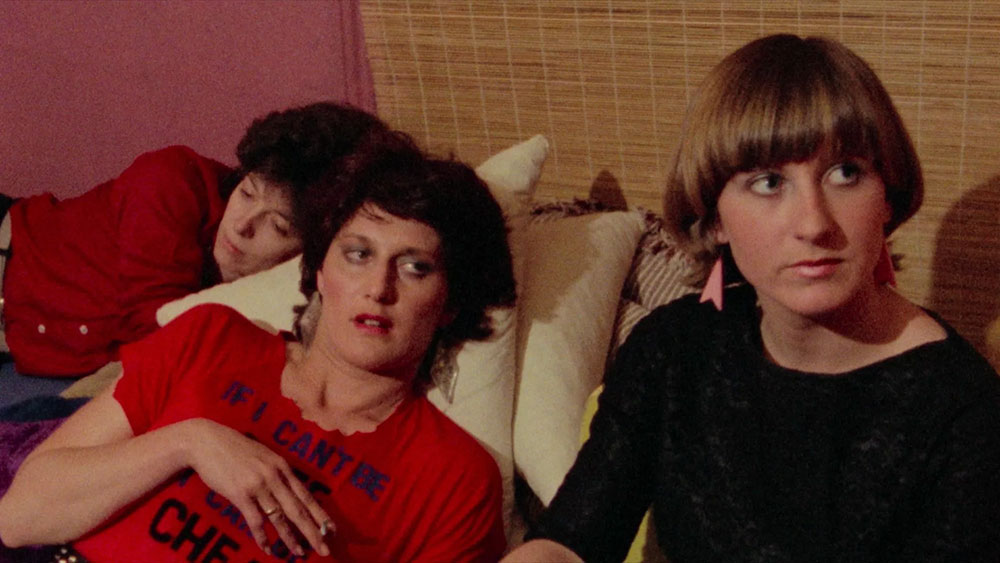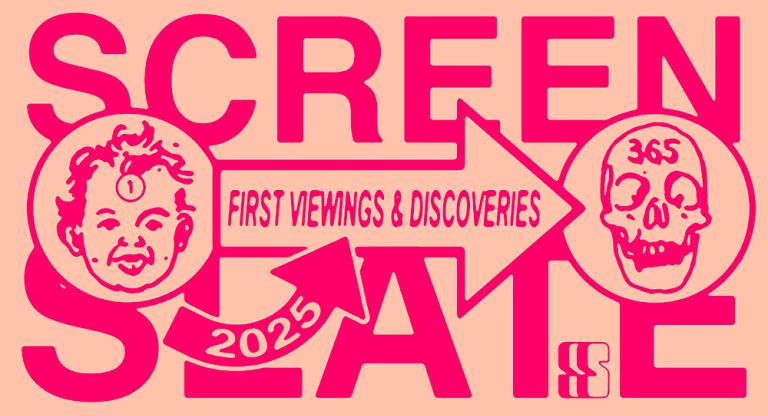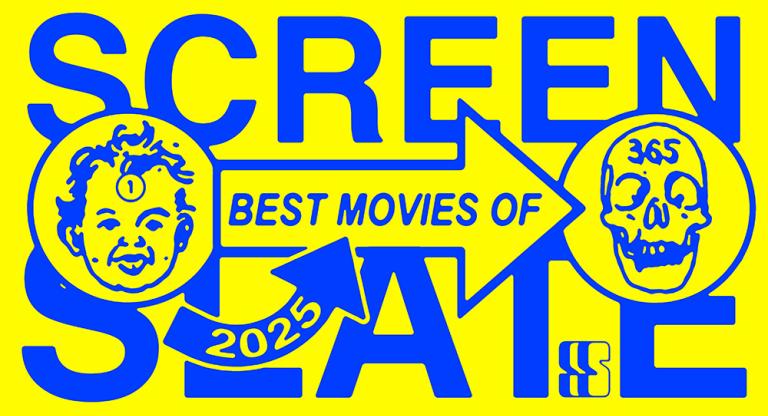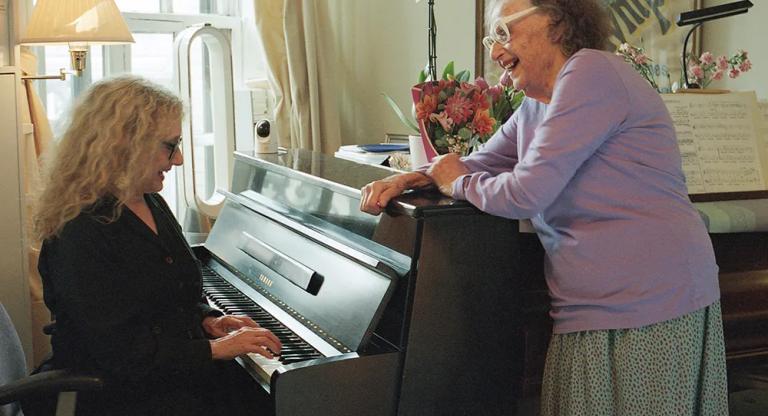The city is in its clearest view during take-off, and then again at landing. As it counts down to departure, Haydn Kennan’s Going Down (1983) chronicles the pre-flight entertainment of a group of young women in Sydney, Australia. The film opens on an inner-city share-house in disrepair. After surveying the domestic spectacle lay waste, the camera lands on Jane sobbing. We are not to know why, only that she has cried like this every night for a week. Tomorrow, her good friend Karli leaves provincial Sydney for the brighter lights of New York with 3000 Australian dollars from her dad. She declines an offer for a lift because, according to Karli, trips to the airport are “easier without any fuss.” But Going Down is all fuss. When the money goes missing, Karli descends into a night-out with her three down-and-out girlfriends, hoping to score.
In fact, much of the film is spent keeping score and counting change. After finding a wallet, “miss-clean” Ellen, a girl with the joie de vivre of Eeyore, argues over the virtue of pocketing the cash and maxing out the card with devil’s advocate Jane. “Don’t be stupid, I’ll have it, if they’ve got an American Express card, they can afford to lose twenty bucks!” Jane’s only moral commitment is to living precariously. Later in the night she proudly wears a T-shirt that reads: “If I can’t be free, I can be cheap,” a mantra for independent filmmakers with micro-budgets everywhere. With a script written collaboratively by a group of young women, Going Down feels like the product of a scene documenting itself.
Described as a “real dog town” with “not enough dog to go around,” Going Down strips Sydney of its signature shimmer. At the same time, the city has never looked better. Director Keenan credits nocturnal second unit DP Tony Gailey, who cruised the streets till dawn filming pick-ups of a city asleep. Both then and now, Sydney vacillates from small town to big city, always unsure of itself. A series of state interventions into Sydney’s scuzzy Kings Cross—where much of Going Down takes place—make the locus of the film something of the distant past. Much of Sydney has changed, a lot of it for the better. When one of the boys in the band suggests a night of “poofter bashing,” Going Down becomes a wrinkled document of the ongoing investigations into the unrecorded gang murders of gay men in Sydney throughout the ‘80s. Jane’s response, “You guys wouldn’t stand a chance, they’re a majority by now.”
On her first ever booking as an escort, the girls’ other friend Jackie is compromised by a request from a client for a golden shower after a night drinking French champagne. “Getting pissed,” an Australian-ism for excessive drinking, is not the same, we are told, as getting pissed on. Going Down takes a discursive turn when accusations are levelled against Jackie that she is “lowering herself.” “You only know how low you can go when you get there,” says the sardonic male counterpart Michael. His pockets are conveniently lined with money misappropriated from an Aboriginal Land Rights fundraiser. New lows settle as sediment on the arse end of the world. What is the true cost of living? Going Down asks the question both ways.
Going Down screens Wednesday, August 27 at the Alamo Drafthouse New Mission as part of the weekly Weird Wednesday series.
Previously:
Going Down screens May 9-15 at BAM. Director Haydn Keenan will be in attendance for a Q&A on May 9 and 10.



